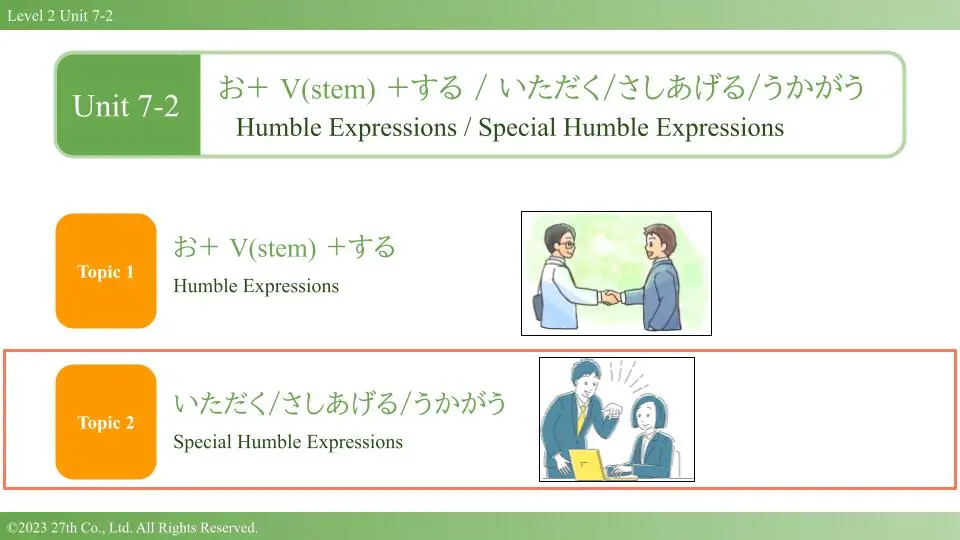
itadaku, sashiageru, ukagau: Special Humble Expressions (Kenjougo) in Japanese
Introduction You already know you can humble your own actions with お + verb-stem + します.But three everyday actions—receiving, giving, and visiting / asking—have... Read more.
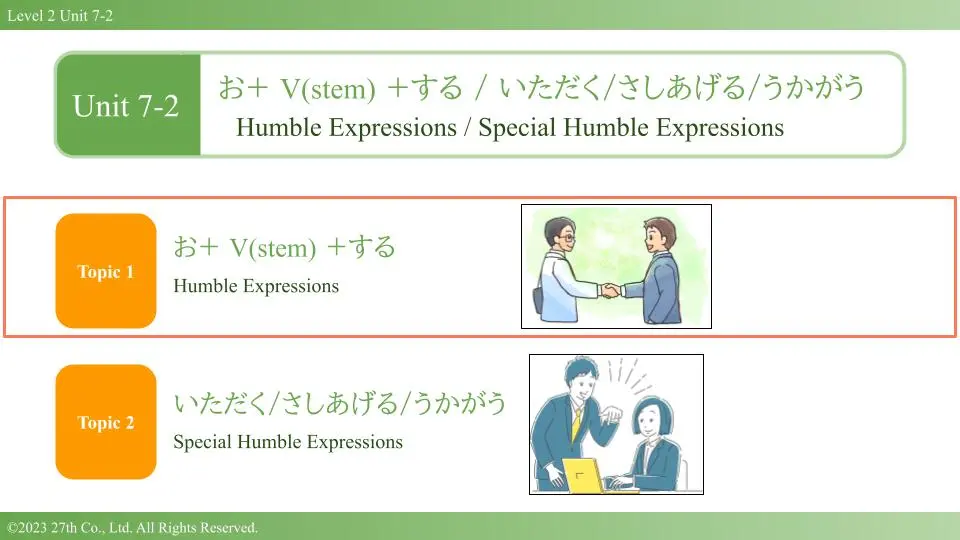
o-verb-stem-suru (お〜する): Kenjougo Humble Pattern for Polite Japanese
Introduction Need to say “I’ll call the client” or “Let me show you the document” without sounding pushy? In Japanese, when your action is directed towards... Read more.
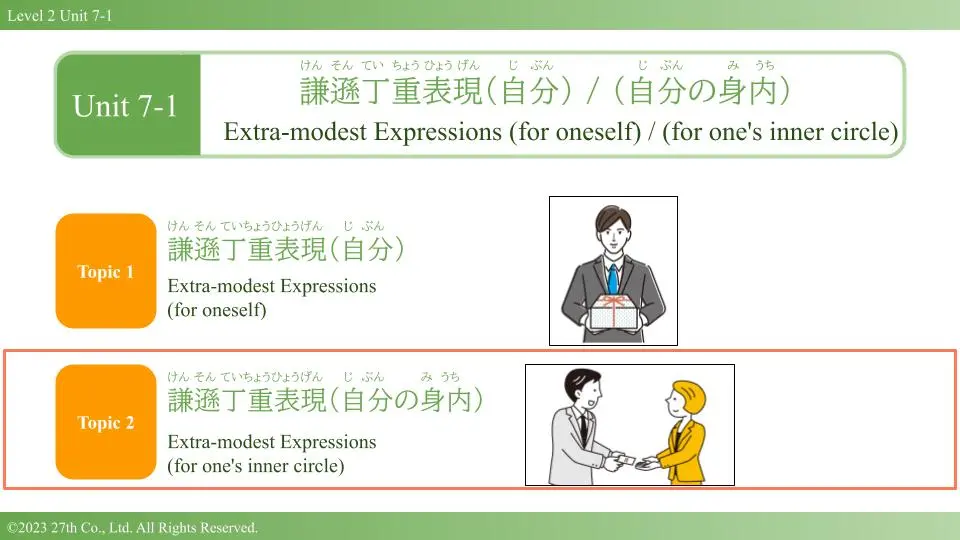
kenjougo (humble language, 謙譲語): Extra-Modest Expressions for Your Inner Circle in Japanese
Introduction You already know how to humble your own actions with 申します, 参ります, and いたします.But in formal Japanese, you must also speak modestly... Read more.

How to Use “Ganbatte” Correctly: In Daily Life, Business, and on Social Media
Few Japanese words appear in as many settings—or cause as much confusion among beginners—as ganbatte. You’ll hear it shouted at marathon runners, whispered... Read more.

What Are the Basic Travel Japanese Phrases You Should Know?
Planning a trip to Japan? Even a handful of basic travel Japanese phrases can transform your journey—from ordering ramen with confidence to finding the right train... Read more.

Father’s Day in Japan (父の日) – Gifts, Customs & Meaning
Background Origins and Meaning Father’s Day (父の日, Chichi no Hi) in Japan is celebrated on the third Sunday of June. It honors fathers and expresses gratitude... Read more.
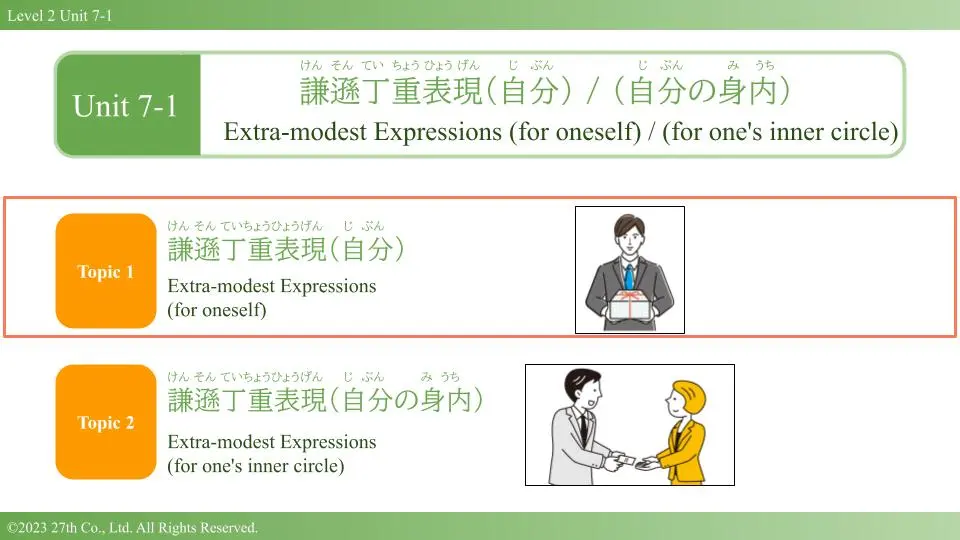
kenjougo (humble language, 謙譲語): Extra-Modest Expressions for Talking About Yourself
Introduction When you need to lower yourself—at a job interview, greeting a client, or talking to a professor—plain polite Japanese isn’t quite polite enough.... Read more.

How to Learn Japanese for Beginners – Master Hiragana, Katakana, Kanji & Core Skills
Japanese can look complicated—three scripts, flexible word order, and sounds that don’t exist in English. The truth? With a solid roadmap you can make fast,... Read more.
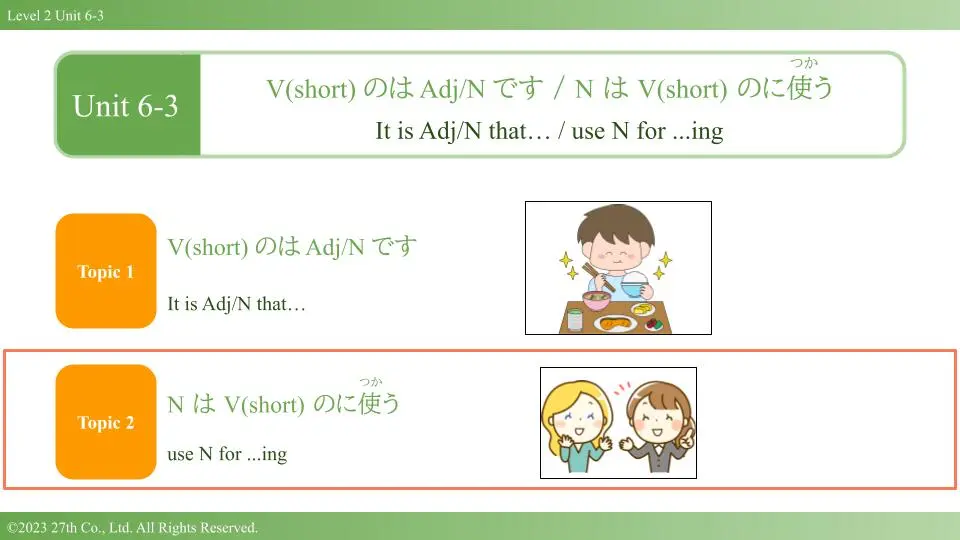
N wa V no ni tsukaimasu (N は Vのに使います): Beginner’s Guide to Saying “Use N for …-ing” in Japanese
Introduction Need to say “We use scissors for cutting paper” or “This laptop is handy for writing reports” in Japanese?The go-to expression is N は V-のに... Read more.
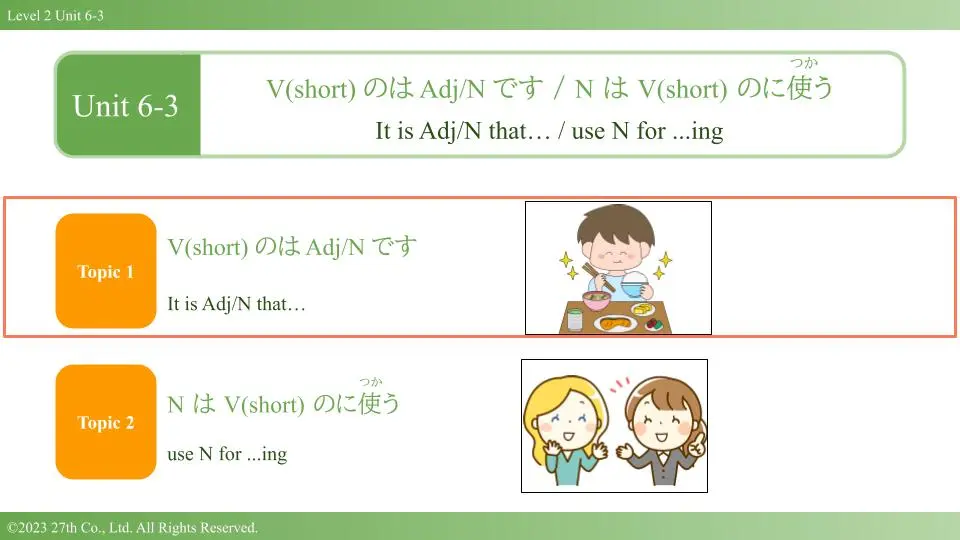
no wa … desu (のは…です): Beginner Guide to Emphasizing “It Is Adj/N That …” in Japanese
Introduction Ever wanted to stress one specific part of a Japanese sentence—“It’s grammar that’s hard,” or “It was last night that I arrived”?The tool... Read more.
